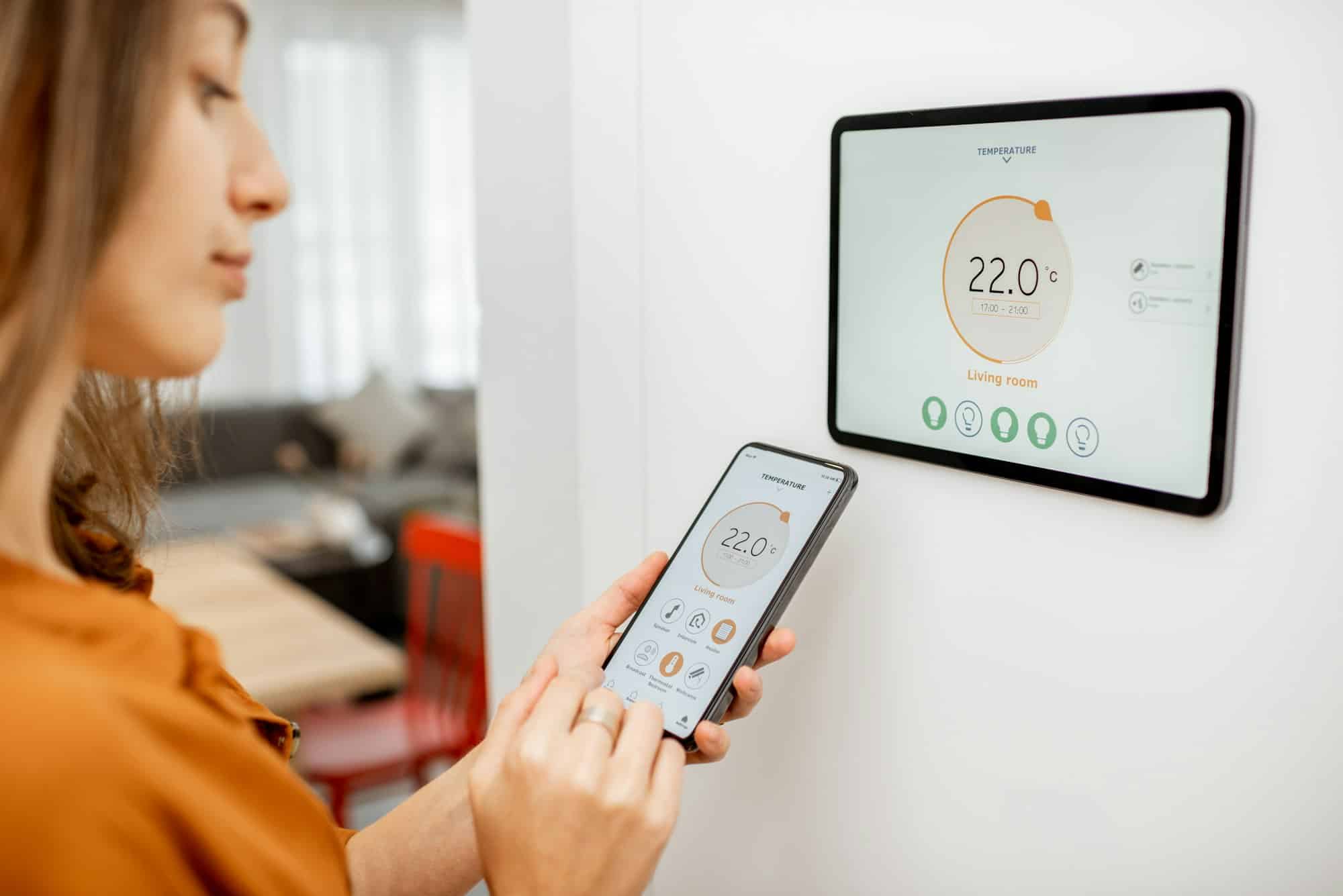Living in this era of technological advancements has its benefits, especially when it comes to keeping an eye on our health and the environment we reside in. Air quality, often taken for granted, plays a significant role in our overall health and well-being. Thanks to smart home devices, we can now monitor indoor air quality efficiently and effortlessly. But, with numerous devices available in the market, you might be left wondering ‘what are the best smart home devices for monitoring indoor air quality?’ This article aims to answer just that.
The Importance of Monitoring Indoor Air Quality
Indoor air quality refers to the air quality within and around buildings and structures, especially as it relates to the health and comfort of building occupants. Understanding and controlling common pollutants indoors can greatly reduce your risk of indoor health concerns.
Avez-vous vu cela : How to Design a Classic English Garden in a Suburban Backyard?
Exposure to indoor air pollutants can lead to immediate health effects, like headaches, dizziness, fatigue, and exacerbated asthma symptoms. Long-term exposure can lead to respiratory diseases, heart disease, and even cancer. It’s evident that maintaining good indoor air quality should be a priority for health-conscious individuals and families.
Smart home devices make it easy to monitor your indoor air quality, providing real-time updates and insights. This enables you to take necessary actions when pollutant levels rise, such as adjusting ventilation, changing filters, or identifying and eliminating the source of pollutants.
Avez-vous vu cela : How Can You Design an Indoor Greenhouse for Exotic Plants?
Top Smart Devices for Indoor Air Quality Monitoring
There is a range of smart home devices designed to monitor indoor air quality, each offering a unique set of features. Choosing the best one for your needs depends on your specific requirements and preferences. Here, we will discuss some of the top smart devices for indoor air quality monitoring, providing insight into their key features and benefits.
Awair Element Air Quality Monitor
The Awair Element is a compact and stylish device that monitors the air quality in your home. It provides real-time feedback on five critical elements of your indoor air: Temperature, Humidity, CO2, VOCs, and PM2.5. The device communicates with a user-friendly mobile app, where you can view your air quality data, get personalized tips, and set your preferences.
The Awair Element also integrates with other smart home devices, like Google Home and Amazon Alexa, allowing you to control your home’s air quality with voice commands. This feature makes it an excellent choice for those already invested in a smart home ecosystem.
Airthings Wave Plus Indoor Air Quality Monitor
The Airthings Wave Plus is a state-of-the-art indoor air quality monitor that covers six critical air quality factors: Radon, CO2, VOCs, Humidity, Temperature, and Air Pressure. Its standout feature is the ability to monitor Radon levels, a radioactive gas that can be found in all buildings and is the leading cause of lung cancer among non-smokers.
The device connects to your smartphone via Bluetooth, and with the Airthings app, you can view your indoor air quality data in an easy-to-understand format. The Wave Plus also features a simple, color-coded visual indicator: Wave in front of the device, and you’ll get a color-coded visual indication of your home’s overall air quality.
Dyson Pure Cool Link Air Purifier
While the Dyson Pure Cool Link primarily functions as an air purifier, it also monitors and reports on your home’s air quality. Using its advanced sensors, it can detect and capture pollutants as small as 0.1 microns, including pet dander, dust, mold spores, and even certain gases.
The device communicates with the Dyson Link app, providing real-time air quality reports and remote control. One of the standout features of this device is its purification capabilities. Not only can the Dyson Pure Cool Link monitor your indoor air quality, but it can also actively improve it by purifying the air.
Smart Home Integration and the Future of Air Quality Monitoring
Smart home devices for monitoring indoor air quality are already quite advanced, but the future holds even more potential. Integration with other smart home devices and systems is becoming increasingly prevalent. For example, a smart air quality monitor could trigger your smart ventilation system to increase airflow when pollutant levels rise, or your air purifier could switch on automatically when allergen levels creep up.
We are likely to see more multi-purpose devices, like the Dyson Pure Cool Link, which not only monitor air quality but actively improve it. There is also potential for devices that can detect a broader range of pollutants, including specific allergens, bacteria, and viruses.
Indeed, the world of smart home devices for indoor air quality monitoring is evolving rapidly, and the future looks promising. As we become more health-conscious and aware of the impact of indoor air quality on our well-being, these devices will become increasingly essential in our homes.
Emerging Brands in the Indoor Air Quality Monitoring Market
The world of smart home devices for monitoring indoor air quality is vast, and while we have discussed some of the top players in the market, it’s important to note the emergence of new brands that promise advanced features and functionalities.
Foobot Indoor Air Quality Monitor is one such device, known for its sleek design and advanced technology. It keeps track of a wide range of pollutants, including PM2.5, VOCs, CO2, and even monitors temperature and humidity. Its unique feature is its learning algorithm that adapts to your environment and habits, providing personalized tips to improve your indoor air quality.
Another device making a name for itself is the uHoo Indoor Air Quality Sensor. This device boasts of measuring the most number of pollutants in the market, including ozone and nitrogen dioxide, often neglected by other devices. It integrates seamlessly with other smart home devices and even has a feature that allows you to correlate your health symptoms with changes in air quality.
Both Foobot and uHoo have user-friendly apps that provide real-time data and actionable insights. These upcoming devices are a testament to the rapid growth and innovation in the smart home devices market for monitoring indoor air quality.
Conclusion: The Imperative of Indoor Air Quality Monitoring
In an age where health and well-being are becoming a priority, monitoring indoor air quality is not just a luxury but a necessity. Given the range of health issues that can arise from poor indoor air quality, having a smart device that keeps you informed and enables you to take necessary actions is invaluable.
Whether you choose a well-established brand like Dyson or Awair, or opt for emerging brands like Foobot or uHoo, the key is to select a device that best suits your needs. Consider factors like the types of pollutants the device can detect, its integration capabilities with other smart home devices, and the insights provided by its app.
In essence, maintaining good indoor air quality is integral to our health and comfort. And with the advancement in smart home devices, monitoring and improving indoor air quality has become more straightforward than ever. As technology evolves, we can only expect these devices to become more sophisticated and user-friendly, making them an indispensable part of our homes.
With the continual advancements in technology and growing health consciousness, smart home devices for indoor air quality monitoring are no longer a thing of the future, but rather, a significant element of our present.






